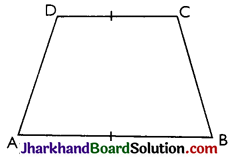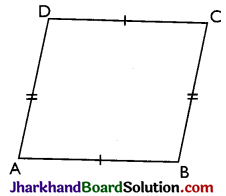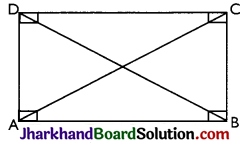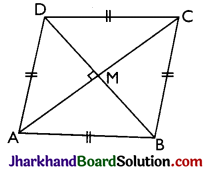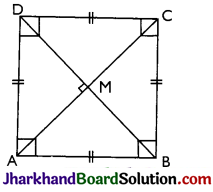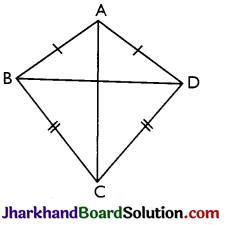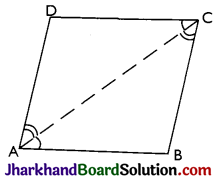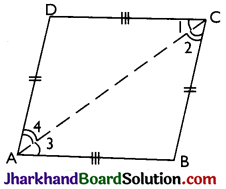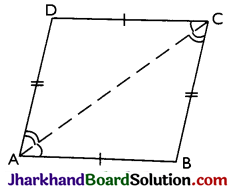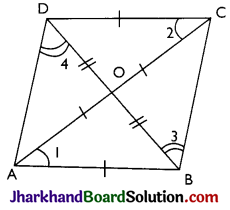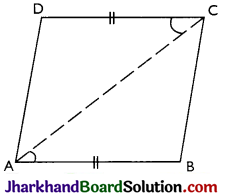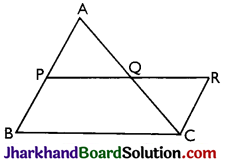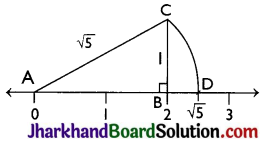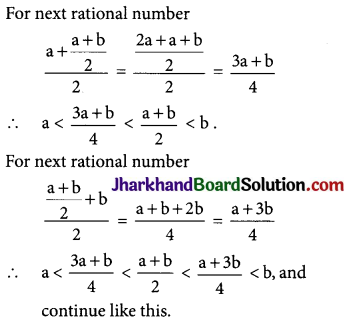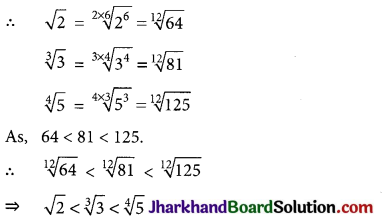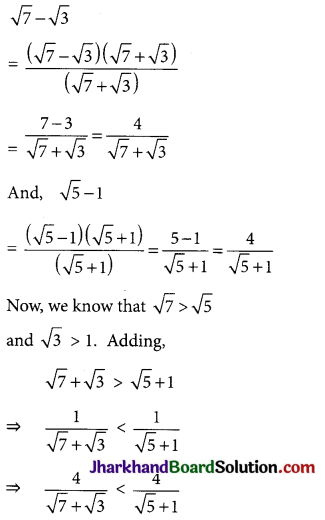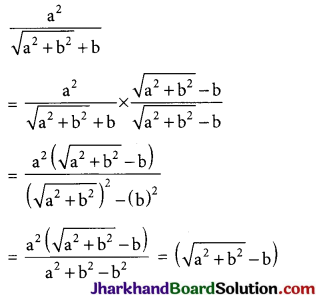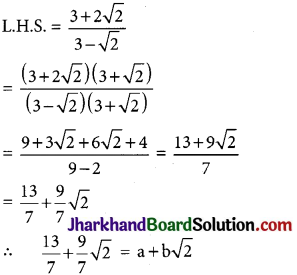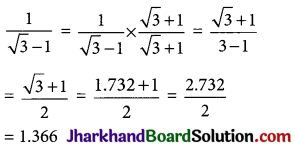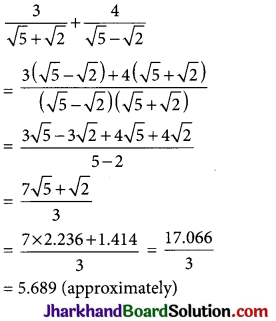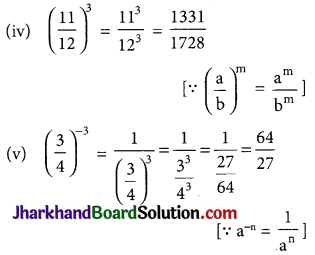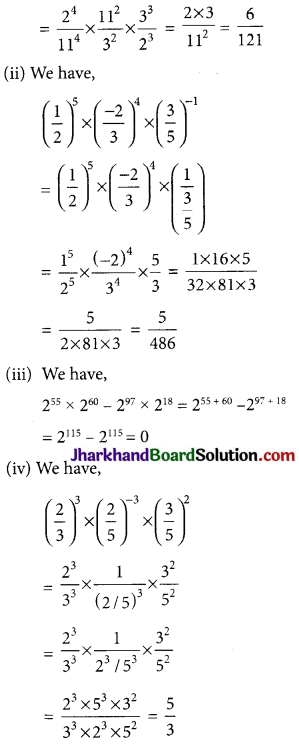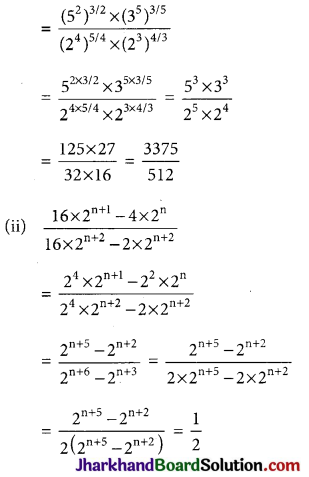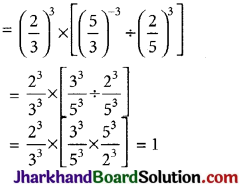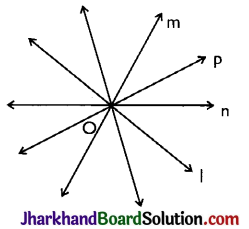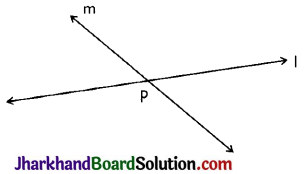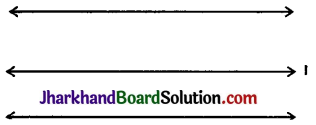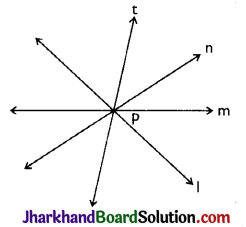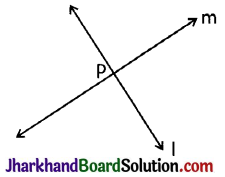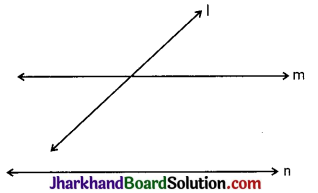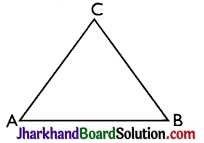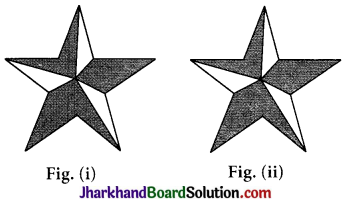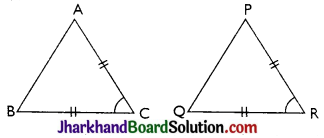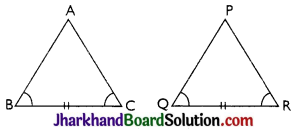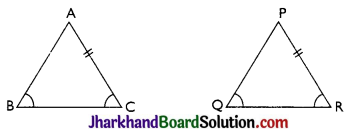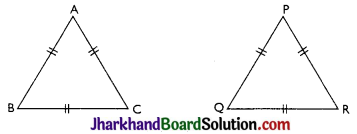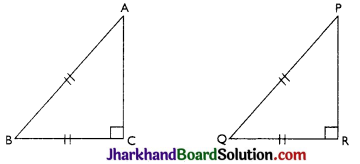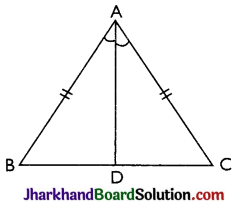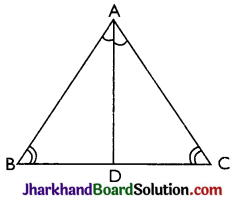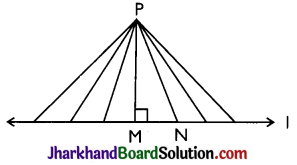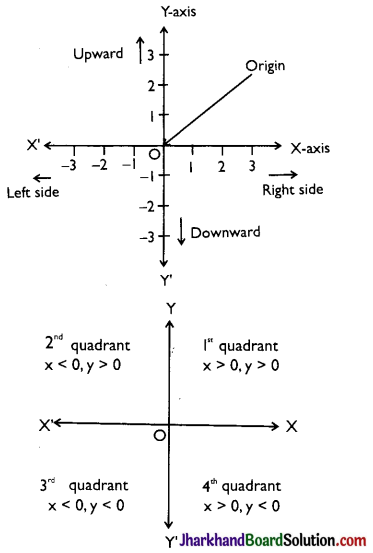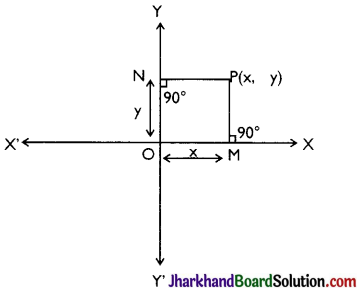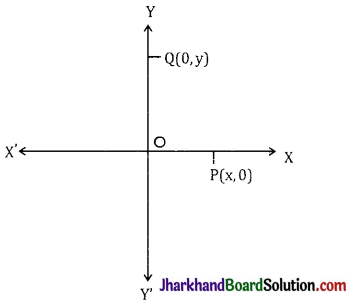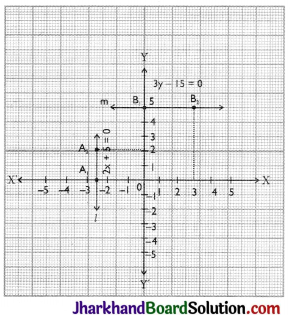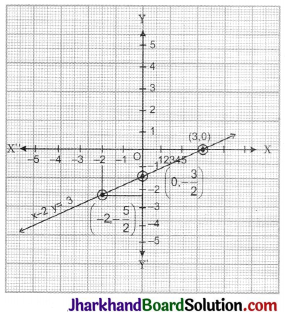Jharkhand Board JAC Class 9 Maths Solutions Chapter 1 Number Systems Ex 1.3 Textbook Exercise Questions and Answers.
JAC Board Class 9th Maths Solutions Chapter 1 Number Systems Exercise 1.3
Question 1.
Write the following in decimal form and say what kind of decimal expansion each has:
(i) \(\frac{36}{100}\)
(ii) \(\frac{1}{11}\)
(iii) \(4 \frac{1}{8}\)
(iv) \(\frac{3}{13}\)
(v) \(\frac{2}{11}\)
(vi) \(\frac{329}{400}\)
Answer:
(i) \(\frac{36}{100}\) = 0.36 (Terminating)
(ii) \(\frac{1}{11}\) = 0.09090909… = \(0 . \overline{09}\) (Non-terminating and repeating)
(iii) \(4 \frac{1}{8}\) = \(\frac{33}{8}\) =4.125 (Terminating)
(iv) \(\frac{3}{13}\) = 0.230769230769… = \(0 . \overline{230769}\) (Non-terminating and repeating)
(v) \(\frac{2}{11}\) = 0.181818181818… = \(0 . \overline{18}\) (Non-terminating and repeating)
(vi) \(\frac{329}{400}\) = 0.8225 (Terminating)
Question 2.
You know that \(\frac{1}{7}\) = 0.142857. Can you predict what the decimal expansion of \(\frac{2}{7}, \frac{3}{7}, \frac{4}{7}, \frac{5}{7}, \frac{6}{7}, \frac{3}{7}, \frac{4}{7}, \frac{5}{7}, \frac{6}{7}\) are without actually doing the long division? If so, how?
[Hint: Study the remainders while finding the value of \(\frac{1}{7}\) carefully.]
Answer:
Yes, We can do this by:
\(\frac{2}{7}=2 \times \frac{1}{7}=2 \times 0 . \overline{142857}=0 . \overline{285714}\)
\(\frac{3}{7}=3 \times \frac{1}{7}=3 \times 0 . \overline{142857}=0 . \overline{428571}\)
\(\frac{4}{7}=4 \times \frac{1}{7}=4 \times 0 . \overline{142857}=0 . \overline{571428}\)
\(\frac{5}{7}=5 \times \frac{1}{7}=5 \times 0 . \overline{142857}=0 . \overline{714285}\)
\(\frac{6}{7}=6 \times \frac{1}{7}=6 \times 0 . \overline{142857}=0 . \overline{857142}\)
![]()
Question 3.
Express the following in the form p/q, where p and q are integers and q ≠ 0.
(i) \(0 . \overline{6}\)
(ii) \(0 . 4 \overline{7}\)
(iii) \(0 . \overline{001}\)
Answer:
(i) \(0 . \overline{6}\) = 0.666…
Let x = 0.666…
∴ 10x = 6.66…
∴ 10x = 6 + 0.66…
∴ 10x = 6 + 0.666…
∴ 10x = 6 + x
∴ 9x = 6
x = \(\frac{2}{3}\)
(ii) \(0 . 4 \overline{7}\) = 0.4777… = \(\frac{4}{10}\) + \(\frac{0.777}{10}\)
Let x = 0.777…
∴ 10x = 7.77…
∴ 10x = 7.777…
∴ 10x = 7 + 0.777…
∴ 10x = 7 + x
∴ x = \(\frac{7}{9}\)
\(0 . 4 \overline{7}\) = \(\frac{4}{10}\) + \(\frac{0.777}{10}\) = \(\frac{4}{10}\) + \(\frac{7}{90}\)
= \(\frac{36}{90}\) + \(\frac{7}{90}\) = \(\frac{43}{90}\)
(iii) \(0 . \overline{001}\) =0.001001…
Let x = 0.001001…
∴ 1000x = 1.001….
∴ 1000x = 1.001001…
∴ 1000x = 1 + 0.001001 …
∴ l000x= 1 + X
∴ 999x = 1
x = \(\frac{1}{999}\)
Question 4.
Express 0.99999…in the form \(\frac{p}{q}\). Are you surprised by your answer? With your teacher and classmates discuss why the answer makes sense.
Answer:
Let x = 0.9999…
10x = 9.999…
∴ 10x = 9.9999…
∴ 10x = 9 + 0.9999…
∴ 10x = 9 + x
∴ 9x = 9
x = 1
The difference between 1 and 0.999999 is 0.000001 which is negligible. Thus, 0.999… is too much near 1. Therefore, the answer 1 can be justified.
Question 5.
What can the maximum number of digits be in the repeating block of digits in the decimal expansion of 1/17? Perform the division to check your answer.
Answer:
\(\frac{1}{17}\) = 0.05882352941176470588…
= \(0 . \overline{0588235294117647}\)
There are 16 digits in the repeating block of the decimal expansion of \(\frac{1}{17}\)
Question 6.
Look at several examples of rational numbers in the form \(\frac{p}{q}\) (q ≠ 0), where p and q are integers with no common factors other than 1 and having terminating decimal representations (expansions). Can you guess what property q must satisfy?
Answer:
We observe that when q is 2, 4, 5, 8, 10,… then the decimal expansion is terminating. For example:
\(\frac{1}{2}\) = 0.5, denominator q = 21
\(\frac{4}{5}\) = 0.8, denominator q = 51
We can observe that terminating decimal may be obtained in the situation where prime factorisation of the denominator of the given fractions has the power of 2 only or 5 only or both.
![]()
Question 7.
Write three numbers whose decimal expansions are non-terminating non-recurring.
Answer:
Three numbers whose decimal expansions are non-terminating non-recurring are:
(i) 0.303003000300003…
(ii) 0.505005000500005…
(iii) 0.7207200720007200007200000…
Question 8.
Find three different irrational numbers between the rational numbers \(\frac{5}{7}\) and \(\frac{9}{11}\).
Answer:
\(\frac{5}{7}\) = \(0 . \overline{714285}\)
\(\frac{9}{11}\) = \(0 . \overline{81}\)
Three different irrational numbers are:
0.73073007300073000073…
0.75075007500075000075…
0.76076007600076000076…
Question 9.
Classify the following numbers as rational or irrational:
(i) \(\sqrt{23}\)
(ii) \(\sqrt{225}\)
(iii) 0.3796
(iv) 7.478478…
(v) 1.101001000100001…
Answer:
(i) \(\sqrt{23}\) = 4.79583152331…
Since the decimal expansion is non-terminating and non-recurring therefore, it is an irrational number.
(ii) \(\sqrt{225}\) = 15 = \(\frac{15}{1}\)
The number is rational number as it can represented in \(\frac{p}{q}\) form where p, q ∈ Z and q ≠ 0.
(iii) 0.3796
Since the decimal expansion is terminating therefore, it is a rational number.
(iv) 7.478478… = \(7 . \overline{478}\)
Since, this decimal expansion is non-terminating recurring, therefore, it is a rational number.
(v) 1.101001000100001…
Since the decimal expansion is non-terminating and non-repeating, therefore, it is an irrational number.

